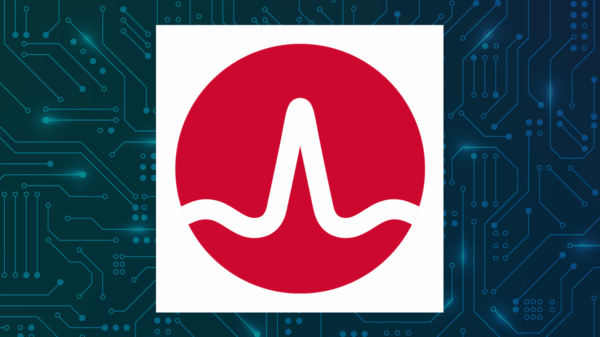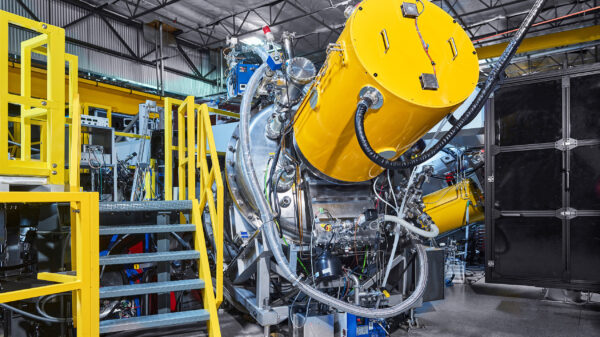The integration of artificial intelligence (AI) into classrooms is reshaping educational landscapes, with educators recognizing its potential to enhance learning. In Hawaii, a notable shift is taking place as teachers explore AI as a tool to bridge educational gaps, particularly among Native Hawaiian students.
Historical Context of Technology in Education
Hawaiians have historically embraced technological advancements, showcasing remarkable ingenuity in areas such as astral navigation and aquaculture. The introduction of a written alphabet in the early 19th century transformed Hawaii from a predominantly oral society to one where literacy soared to 90%. This rapid progress was fueled by the creation of Hawaiian language newspapers, or “nupepas,” which fostered intelligent discourse.
Today, AI stands as the latest technological tool in educational settings, joining the ranks of spelling and grammar checks, search engines, and calculators. These tools have been instrumental in leveling the playing field for students, creating new opportunities for learning and achievement.
AI as a Tool for Engagement and Success
According to Elly Tepper, a consultant educator and member of the Ulu A‘e Transitions Grant Team, AI can significantly enhance classroom engagement. Her colleague, Dalen Kahiapo, implemented a course designed to introduce AI to students with low digital literacy. This initiative aimed to leverage AI to address the digital divide, particularly among Native Hawaiian students on Oahu, Lanai, and the Big Island.
Kahiapo observed that student outcomes were largely influenced by motivation rather than background. He noted that rural students from the Big Island achieved similar results to their peers in private schools on Oahu when they were motivated to learn. This underscores the critical role that student interest plays in educational success.
In discussions about the relevance of the curriculum, Tepper highlights that many under-performing students often perceive their studies as arbitrary. This disconnect leads some to rely on AI to navigate standardized assessments, which teachers have criticized for failing to reflect actual learning.
One high school student from Tepper’s family articulated a desire for assessments that reflect genuine understanding. She expressed appreciation for skills like constructing an argumentative essay, indicating that she would prefer a real-time performance evaluation over standardized tests. She suggested that AI could be beneficial in compiling notes that help clarify her understanding and support her arguments.
As AI continues to evolve, educators are encouraged to rethink what and how they teach. The focus should shift towards imparting relevant skills and knowledge that both teachers and students value. Authentic opportunities for students to demonstrate their critical thinking and understanding are essential for fostering meaningful learning experiences.
The ongoing dialogue around AI in education emphasizes its potential to enrich learning environments and enhance student engagement. As educators in Hawaii and beyond adapt to these technological advancements, the goal remains clear: to cultivate a classroom culture that values critical intelligence and prepares students for the challenges of the modern world.






































































